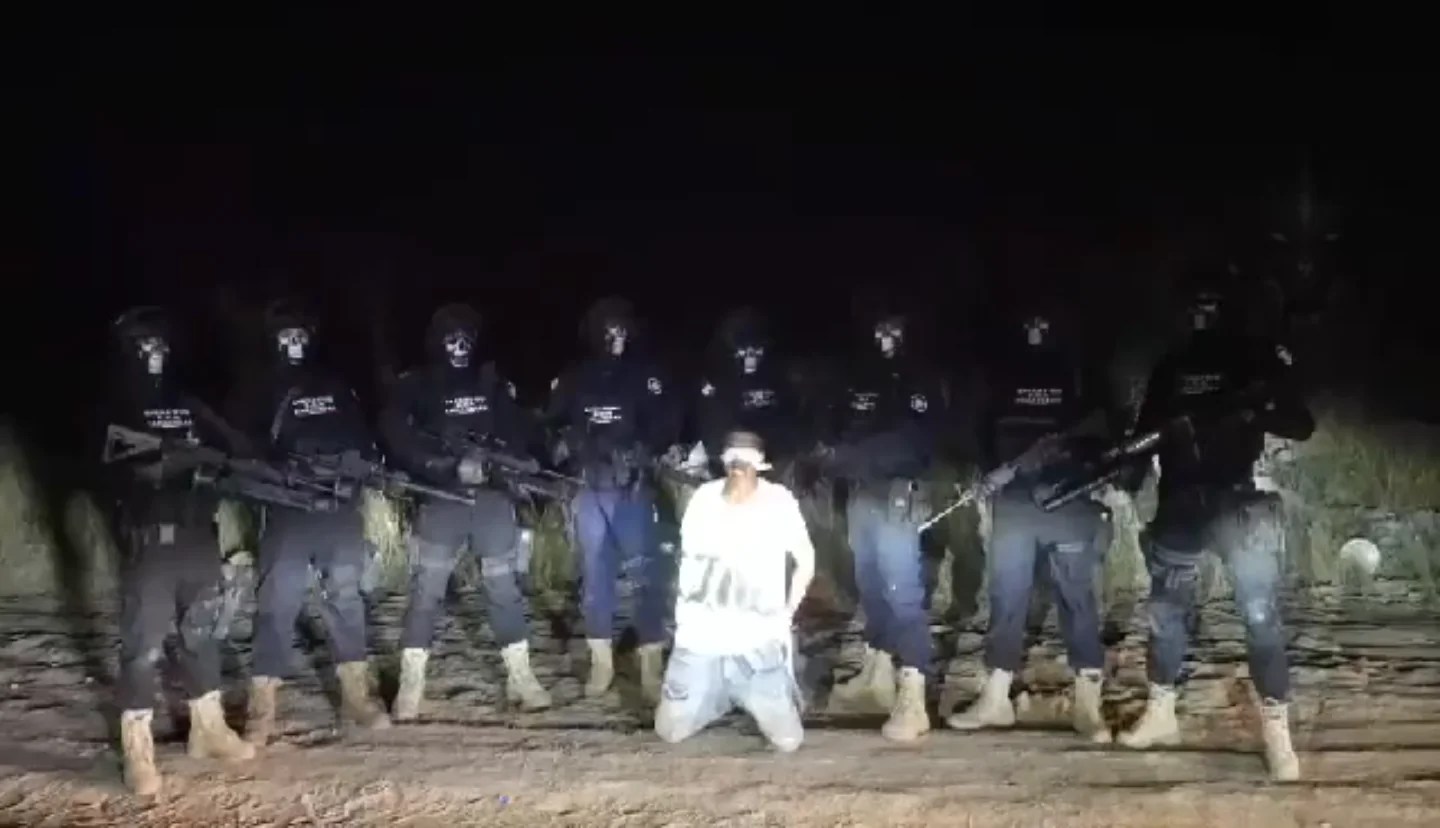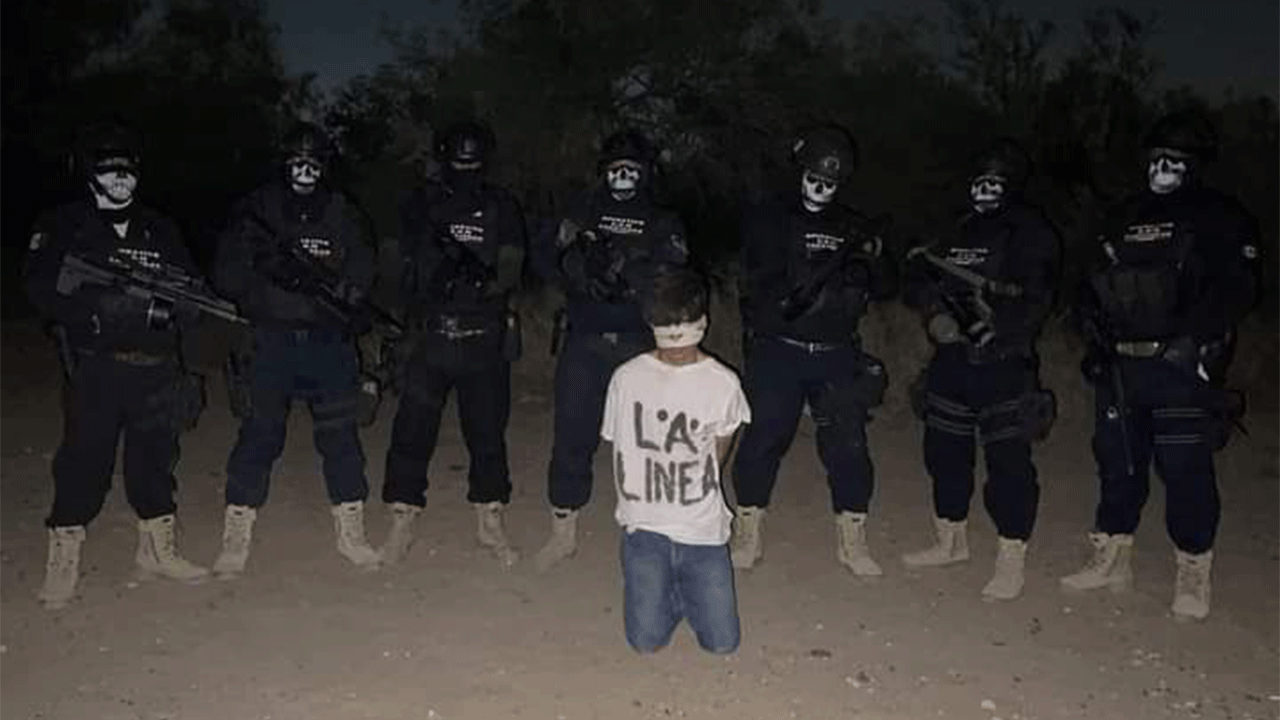The Zacatecas flaying is a haunting historical event that captures the imagination and evokes a deep sense of intrigue and horror. This grim practice, rooted in the rich yet tumultuous history of Mexico, reveals the complexities of human behavior, societal norms, and the often brutal realities of life during the colonial period. As we delve into this unsettling topic, we uncover not just the events themselves, but also the cultural, historical, and social implications that surround them. In this article, we will explore the origins, practices, and significance of the Zacatecas flaying, and how it fits into the broader narrative of Mexican history.
Throughout history, flaying has been used as a method of punishment and a means of instilling fear. In Zacatecas, this brutal practice gained notoriety during the colonial era, a time marked by conflict, conquest, and the struggle for power. By examining the historical context and the motivations behind this gruesome act, we can gain a better understanding of its impact on society and its legacy that lingers to this day.
As we navigate through this article, we will employ a comprehensive approach to uncover the many facets of the Zacatecas flaying. From the sociopolitical landscape of the time to the psychological effects on those involved, we aim to provide a thorough and engaging exploration of this dark chapter in history. Join us as we unravel the mysteries and uncover the truths behind the Zacatecas flaying.
Table of Contents
- Historical Context of Zacatecas
- The Practice of Flaying
- Cultural Significance of Flaying
- Notable Cases of Flaying in Zacatecas
- Sociopolitical Implications
- Psychological Impact on Society
- Legacy and Representation in Modern Culture
- Conclusion
Historical Context of Zacatecas
The city of Zacatecas, founded in the mid-16th century, quickly rose to prominence due to its rich silver deposits. This wealth attracted Spanish colonizers and settlers, leading to a volatile environment where power struggles were commonplace. The colonial period was marked by violence, oppression, and a strict social hierarchy, which contributed to the normalization of extreme measures, such as flaying, as a means of control.
Colonial Power Dynamics
During the colonial era, power was concentrated in the hands of Spanish authorities, who enforced their rule through fear and violence. Indigenous populations faced brutal repression, leading to uprisings and conflicts that were often met with harsh punishment. Flaying became a tool for the authorities to demonstrate their power and deter dissent.
Economic Factors
The economic prosperity of Zacatecas fueled competition and conflict among various factions, including Spanish settlers, indigenous groups, and mestizos. This environment created a fertile ground for violence and brutality, wherein flaying was employed to maintain dominance and control over the population.
The Practice of Flaying
Flaying, the act of removing the skin from a body, was not only a method of execution but also a public spectacle designed to instill fear. In Zacatecas, this practice was often carried out in a gruesome display that attracted onlookers and served as a warning to others.
Methods of Flaying
The methods of flaying varied, but they were invariably brutal and torturous. Victims were often subjected to prolonged suffering, and the act itself was performed in public spaces to maximize its psychological impact. The display of flayed bodies served as a graphic reminder of the consequences of defiance.
Public Spectacle
Public executions, including flaying, became a macabre form of entertainment for some segments of society. The gruesome nature of these events drew crowds, and the spectacle served to reinforce the power of the authorities while simultaneously satisfying the darker curiosities of the populace.
Cultural Significance of Flaying
Flaying in Zacatecas transcended mere punishment; it was woven into the cultural fabric of the time. The act symbolized the oppression of indigenous peoples and the brutal realities of colonial rule.
Symbol of Oppression
For indigenous communities, flaying became a powerful symbol of the violence they faced under colonial rule. It represented not only physical suffering but also the erasure of cultural identity. The scars of this dark history continue to resonate in contemporary discussions about colonialism and its lasting effects.
Artistic Representations
The practice of flaying has been depicted in various forms of art, literature, and folklore. These representations serve as a means of processing trauma, preserving memory, and critiquing the past. Artists and writers have used the imagery of flaying to explore themes of violence, power, and the human condition.
Notable Cases of Flaying in Zacatecas
Throughout the history of Zacatecas, there have been several notable cases of flaying that stand out due to their brutality and the societal response they elicited. These cases provide insight into the motivations behind such acts and their impact on the community.
Case Study: The Execution of Rebel Leaders
One of the most infamous cases of flaying involved the execution of indigenous rebel leaders who rose against colonial oppression. Their brutal punishment served as a stark reminder of the consequences of resistance and was intended to dissuade others from following suit.
Public Reaction
The public reaction to these flayings was mixed; while some viewed them as necessary for maintaining order, others were horrified by the brutality. This dichotomy reflects the complexities of human responses to violence and authority.
Sociopolitical Implications
The practice of flaying in Zacatecas had far-reaching sociopolitical implications that extended beyond the immediate act of violence. It contributed to a culture of fear and repression that shaped the dynamics of power in the region.
Fear as a Tool of Control
The threat of flaying was a powerful tool used by colonial authorities to maintain control over the indigenous population. The mere possibility of such a brutal punishment was enough to instill fear and deter dissent, reinforcing the existing social hierarchy.
Resistance and Rebellion
While flaying was intended to suppress resistance, it often had the opposite effect. The brutality of the practice galvanized some individuals and communities to rise against their oppressors, leading to uprisings that challenged the status quo.
Psychological Impact on Society
The psychological impact of the Zacatecas flaying extended beyond the immediate victims and their families. The normalization of such extreme violence affected the collective psyche of the community.
Desensitization to Violence
Over time, the repeated exposure to violence, including flaying, led to a desensitization among the populace. This desensitization can have profound effects on societal behavior and attitudes towards violence, potentially perpetuating cycles of brutality.
Trauma and Memory
The legacy of flaying continues to haunt the descendants of those who lived through this dark chapter. Trauma is often passed down through generations, influencing cultural narratives and collective memory.
Legacy and Representation in Modern Culture
The legacy of the Zacatecas flaying is not easily forgotten. It has been represented in modern culture through various mediums, including literature, film, and art.
Contemporary Reflections
Modern artists and writers often draw upon the imagery of flaying to explore themes of violence, oppression, and the human experience. These contemporary reflections serve as a means of confronting the past and fostering dialogue about the impacts of colonialism.
Educational Initiatives
In recent years, there has been a push for educational initiatives that address the history of violence in Mexico, including practices like flaying. By acknowledging the past, society can work towards healing and reconciliation.
Conclusion
The Zacatecas flaying is a chilling reminder of a brutal past that continues to resonate in contemporary discussions about history, violence, and identity. By examining the origins, practices, and implications of this dark chapter, we are better equipped to understand its lasting impact on society. It is essential to engage with these historical narratives to foster a deeper understanding of the complexities of human behavior and the dynamics of power. We invite you to share your thoughts on this topic in the comments below, explore other articles on our site, and continue the conversation about the many facets of history that shape our present.
Call to Action
Danny Wood's Wife: A Deep Dive Into Their Relationship
Understanding The Abigail Spencer Leak Video: Facts And Insights
5ddie Leaked: Everything You Need To Know About The Controversy


